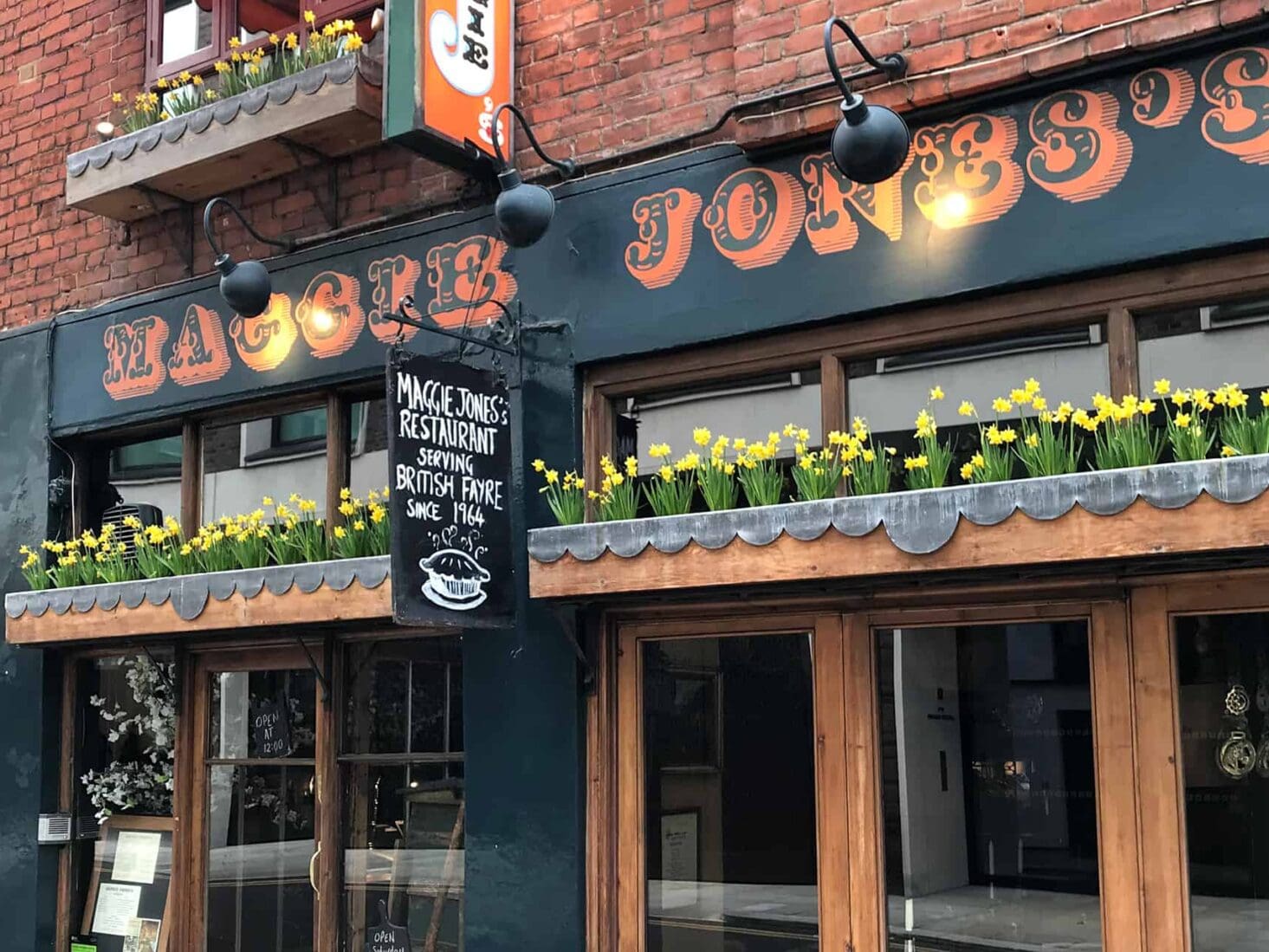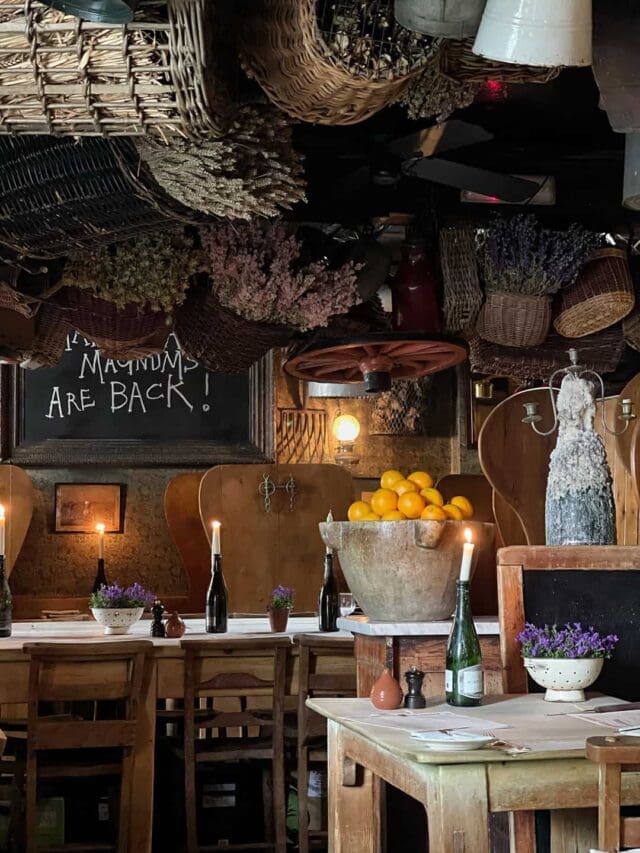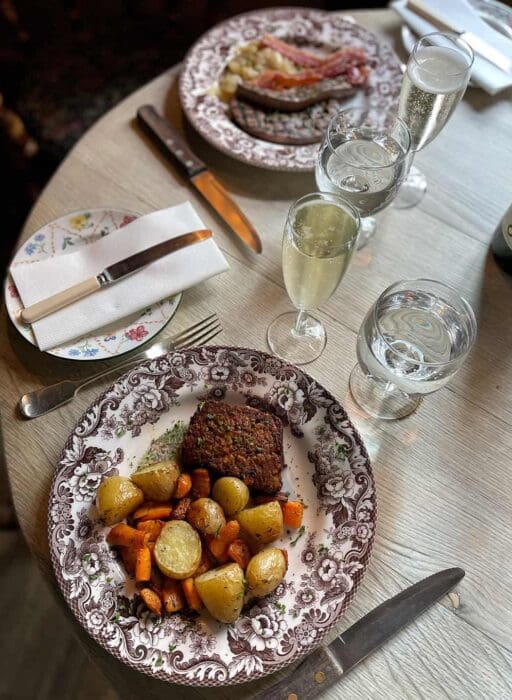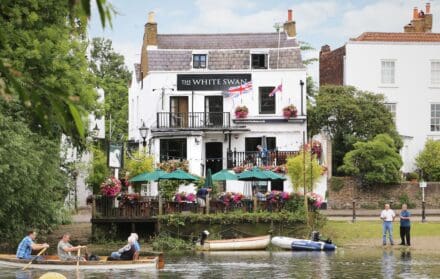
Maggie Jones’s: The egalitarian appeal of the Kensington classic
It may have been beloved by Princess Margaret and Lord Snowdon, but this bastion of British pub grub has become the ultimate social leveller
It took me a good few years of living in London before I began to get at least a modicum of understanding as to what it means to be in the class bracket that we who are au fait with bus timetables and frozen oven chips define as ‘posh’. Perhaps the confusion, snobbishness and paroxysms of guilt and affectation that I now realise plague almost every strata of the class system are the reason why I feel simultaneously self-aggrandising and oddly bullish when I write that I am a disabled, state-school-educated northerner.
Please don’t get the violins out. I bought them and have subsequently broken them over the years. But there’s always something slightly phoney about anyone who feels the need to declare in writing that they’re working class more than once.
The main reason for this is that the revisionist dilettantes who claim to be working class can consistently get away with claiming their souls are purer by virtue of the fact that there are barely any genuinely working-class northerners left in the media arena of London who can contradict them.
And so, like an army of grammar school, Home-County locusts, these op-ed writers and cultural commentators are given free rein to clamp their jointed antennae to a self-proclaimed ‘identity’ that any true comprehensive school survivor would not deem to be anything other than an extraneous backstory.
Caitlin Moran is, perhaps, the worst offender; a writer genuinely unable to complete a sentence in public without bringing forth the caveat that she is working class. Let me be the bringer of truth. Caitlin Moran is not working class. She is a home-schooled member of a family of middle-class bohemians who were slightly on their uppers during her childhood.
Listen to Caitlin and you’d be forgiven for thinking that we are living in the most binary nation on earth. One where, like one of Jeremy Corbyn’s more visceral wet dreams, we are a nation in a rictus-stiff psychological identity divide – shored up by brick walls, gun turrets and chicken dippers – between the working classes and the posh.


It’s nonsense, of course. And if you need proof that we now live on an island where financial disparities may be as firm as ever but personal identity has become as free and messy as any Thatcherite free-market policy, I invite you to step into a small restaurant just off the chain retail juggernaut that is High Street Kensington.
Maggie Jones’s has no truck with spinning us such nauseating falsehoods about its background. This is the restaurant, where, until recently, Kensington Palace would order in their lunches on Thursdays, when the royal cook had a day off. This is the restaurant, opened in 1964, where a wheelchairbound Lord Snowdon would sit by the French windows in his latter days and eat chicken-and-artichoke pie while archly asking the waiters again and again why the place is called Maggie Jones’s.
He knew all along, of course. For Maggie Jones was the non de plume that Princess Margaret, Snowdon’s first wife, would use when booking a table here, invariably on the ground floor in one of the high-backed booth seats.
“The food is an entirely unpretentious collection of old-timer dishes that exude ‘nothing to prove’ comforting bombast.”
Is Maggie Jones’s posh? You betcha. But not in the ostentatious, Maldivian honeymoon, hair transplant sense. If your definition of posh is mountains of caviar and magnums of Krug then allow this three-storied space to educate you. Because those who have lived their lives entirely in the cocoon of privilege don’t feel the need to state it with every ingredient they consume.
If you’re truly posh then you’ll always opt for roast chicken over truffles; Barbour jackets over Alexander McQueen; Range Rovers over Ferraris; country rambles over private helicopter tours; and wrinkles over Harley Street surgeons’ knives.
As for possessions, well, Maggie Jones’s’ interior is the equivalent of a potting shed in the grounds of an Inigo Jones-designed Palladian country home. Milk pails, Welsh dressers, redundant Thomas Hardy-esque trowels and rakes, mismatched china, empty bird cages, bundles of dried flowers and wicker baskets from Sebastian Flyte’s last Brideshead Revisited picnic are all hung, draped, piled up, bundled, buried and hidden amid the scattering of tables and booths and hideaways. The result is a sepia-toned, amber-lit retreat cast in what seems to be a perpetually bucolic Norfolk summer dusk.
The food is an entirely unpretentious collection of old-timer dishes that exude ‘nothing to prove’ comforting bombast. Portions are gargantuan and include a perfectly-browned and cheddar-drenched cauliflower cheese, a creamy slab of glistening sea bream and a canyon-deep tub of fish pie where you don’t mind the slight overflow of honey-yellow mash potato in the slightest. And, in an effortless piece of Anglophone passive aggression, the vast pot of crème brûlée is here described as simply ‘burnt cream’.


So why, I hear you ask, would I want to sit around and be thoroughly intimidated by what must be a collection of fellow diners who are only here because Whites and Boodle’s are currently being renovated?
Well, because Maggie Jones’s is the perfect symbol of how class identity has wobbled, staggered and then collapsed in this city (perhaps, I’d argue, more than any other in the Western world). The storied history of this restaurant seems, on my most recent visit at least, to be of absolutely no interest at all to the lunchtime book group of Lebanese women sitting opposite.
Nor to the plumber and his mate ploughing through the £27 two-course set lunch. Nor the handsome newlyweds up for the day and now laden with John Lewis shopping bags. Nor to the very discreetly canoodling couple who I could only tell were landed gentry when I just about overheard the lady make a reference to Trieste in a way that made me feel she was as familiar with the Italian port city as she was her own horse stable in Oxfordshire.
All life is here at Maggie Jones’s. Mainly because, if you have a spare 30 quid in your pocket, you can eat here and stay full and fulfilled until lunchtime the next day. For a former bastion of poshness, Maggie Jones’s has evolved into what might just be one of the most egalitarian restaurants in London. And there’s not an ounce of caviar in sight.
6 Old Court Place, W8, maggie-jones.co.uk






